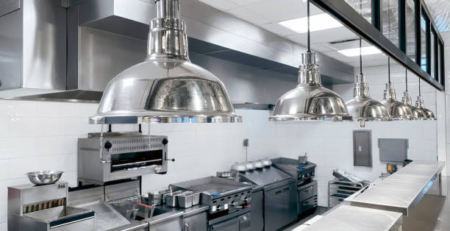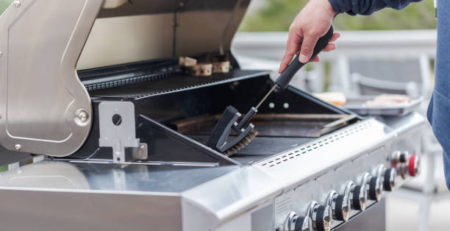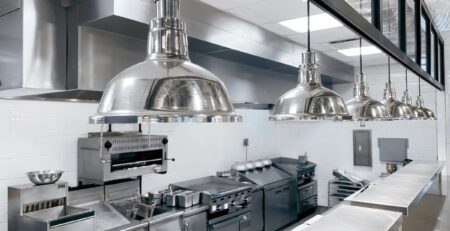The Environmental Benefits Of Stainless Steel Fabrication
Stainless steel is one of the most recycled materials since its recycling process requires less energy. Due to its durability and inability to breed germs, it reduces the amount of hazardous substances used in upkeep. Because of its durability and resistance to corrosion, stainless steel is an excellent material for outdoor applications. ZECORP Solutions offers stainless steel fabrication, a good option for environmentally responsible applications.
People should seriously consider the building materials they use and their impact on the environment in this earthly community. Stainless steel has numerous beneficial environmental uses and is durable, strong, and visually beautiful. This essay will go over the benefits of stainless steel fabrication for the environment and why environmentally-conscious businesses and customers are growing increasingly interested in this material.
Longevity and Durability:
Because it is strong and doesn’t rust, stainless steel is used a lot in the building and manufacturing businesses. Steel made of stainless steel does not rust, pit, or break down over time as other materials do. Products and buildings made from it last longer because they are more durable. This durability means that replacements are only sometimes needed, cutting down on waste and requiring brand-new resources.
Recyclability:
Compared to conventional steel recycling techniques, stainless steel recycling saves time and money. Stainless steel products may be collected, melted, and reformed into new products when their useful life is coming to an end. This autonomous system uses less primary input and fewer byproducts than conventional manufacturing. Stainless steel fabrication is a vital tool in the battle against resource depletion since it is one of the most recyclable materials in the world.
Low Maintenance and Cleaning Requirements:
Stainless steel doesn’t require regular cleaning because it doesn’t rust, corrode, or grow germs. Because of this, fewer chemicals that could be harmful are put into the world, and harsh cleaners may be taken out. Stainless steel’s minimal maintenance properties are an asset in every application, whether it’s a kitchen appliance, medical equipment, or a building.
Resistance to Harsh Environmental Conditions:
Because it can handle high temperatures, wetness, and rust, stainless steel is an excellent material for outdoor uses and industries that need to be resistant to corrosive elements. It helps the environment even more because it means that parts made of stainless steel used in transportation, infrastructure, or buildings will last longer before they need to be changed.

Energy Efficiency:
Energy efficiency is a top priority in today’s stainless steel fabrication processes. This trend is visible in using electric arc burners and other methods of processing that use less energy. It puts less carbon into the air because it needs less energy.
Reduced Waste:
Waste decreases since stainless steel lasts longer and is more durable. Choosing stainless steel can help reduce the quantity of trash sent to landfills. Less garbage implies less strain on already overworked trash removal infrastructure and less danger to local wildlife.
Conclusion
As a result of its many positive effects on the environment, stainless steel manufacturing is increasingly being adopted as a standard by businesses and individuals alike. It aids in developing greener and more environmentally friendly production and building practices.
Contact ZECORP Solutions at +971 4 255 9793 or +971 565544580 for stainless steel fabrication services for your next project. They are experts in stainless steel manufacturing and can advise you on making greener decisions without sacrificing the quality of your project.






